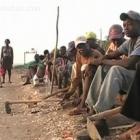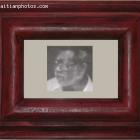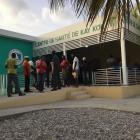ADVERTISEMENT
Photos
American Marines In 1915 defending the entrance gate in Cap-Haitian
Here is a picture of American Marines defending the entrance gate in Cap-Haitian in 1915
As a result, in 1915, the pro-US Haitian President Jean Vilbrun Guillaume Sam seized power and ordered a massacre of 167 political prisoners, but he was lynched by an angry mob into the French Embassy. In July 28, 1915, the U.S President Wilson ordered an invasion. The 330 marines stormed the shores of Port-au-Prince and soon set up an interim government. Although with the U.S occupation, peace and order was restored in Haiti, the Haitians were never happy with the Americans. The poor were unhappy with their assigned road building works, patriotic middle class resented the foreigners and the elite upper class was denied of the access to the government spending that had previously made them rich.
US Marines boarding the U.S.C Connecticut july 1915 to Haiti.
Here is a picture of US Marines boarding the U.S.C Connecticut july 1915 as they are heading to Haiti
In the beginning, following the assassination of Jean Vilbrun Guillaume Sam, a Pro-U.S Haitian President, the U.S President Woodrow Wilson sent a first team of U.S Marines into Haiti on July 28, 1915. They were sent to restore order and maintain political and economic stability in the country. However, in the wake of the First World War, the President Wilson at the same time also wanted to establish U.S dominance in the region by keeping the German settlers away from Haiti. Because, the peasant guerrillas (cocos) from the northern Haiti were heavily burdened with German loans and they wanted the Germans to invade and restore order in the country.
Thus the 19- year U.S. occupation in Haiti began with the landing of 3,000 Marines at Port-au-Prince under the leadership of Admiral William B. Caperton and that continued until 1935. However, prior to that in December 1914, in the fear of foreign intervention, Wilson administration sent U.S. Marines to Haiti who removed $500,000 from the Haitian National Bank for safe keeping in New York.
Presidential palace of President Villbrum Guilluiame Sam who was assassinated
Presidential palace of President Villbrum Guilluiame Sam who was assassinated
At the beginning of the 20th century, United States became increasingly concerned with the level of German activity and influence in Haiti. German businesses in Haiti dominated commerce in the entire area.
German nationals controlled over 80 percent of Haiti international commerce. They owned utilities in Cap Haitien and Port-au-Prince, wharf, railroad serving the Plain of the Cul-de-Sac. To get around Haitian law that forbid foreigners from owning land in Haiti, German men were increasingly marrying Haitian women and open businesses.
Although the sphere of U.S influence in the Caribbean started in 1898, in 1915, during the First World War, the U.S President Woodrow Wilson feared that Germany could invade Haiti and establish a military base near the Panama Canal that was built with huge U.S investment. The U.S President had right reasons to worry because then there were many Germans settlers living in Haiti who had financed the rampaging cacos with loans which were almost impossible to be repaid and they were at the mercy of the Germans to invade and restore order.
American Marines guard Haitian Cacos captured outside Port-au-Prince
Here is a picture of several American Marines guarding Haitian Cacos captured outside Port-au-Prince.
Since the time Haiti got its independence from France in 1804, it had gone through a succession of dictators. At the beginning of the twentieth century, the population of the island was poor, uneducated and hungry. Between 1908 and 1915, the country was totally broken down. More than seven men seized the presidency, regional warlords and peasant guerrillas from the north (cocos) fought in the streets; more than 2,000 Haitian lives were lost.
Leslie Francois Manigat Honored
Here is a picture of Former Haitian president Leslie François Saint Roc Manigat who was honored during Lives en Folie annual book Fair in May, 2013, for his accomplishments.
Born August 16, 1930 in Port-au-Prince, Leslie François Manigat became president of Haiti during a controlled military time in January 1988.
Leslie Manigat was a professor at the prestigious l'Université de Paris-VIII Vincennes. He published articles on education in various Haitian Newspapers: Le Nouvelliste, La Phalange, Le Matin.
Leslie Manigat married to Mirlande Manigat who is also in this picture. Mirlande run an unsuccessful campain for the Presidency post in 2010.
Leslie Manigat won several prestigious awards, including Haiti Grand Prize of literature 2004,
The marriage of Michel and Sophia martelly
Here is a picture of the presidential couple, Michel and Sophia Martelly as we are looking at Haitian wedding tradition
While the reception is an affair replete with the kinds of food that are most popular and pleasing to the Haitian palate, the well-known tradition of cake cutting is not practiced by some Haitians. A couple takes their wedding cake home and will cut it at home days after the actual ceremony and reception. This is one of the traditions that does not translate well when being incorporated into other countries, as the cutting and the sharing of the wedding cake can be quite significant in other cultures.
Francois Duvalier and wife, Simone Ovide Duvalier
Here is a picture of former Haitian Dictator Francois Duvalier and his wife, Simone Ovide Duvalier as we are looking at Haitian wedding tradition.
The fare served at a wedding reception in Haiti or of Haitian influence is almost certainly Creole. Food is so important at the ceremony that a huge part of the entire wedding budget is spent on its preparation. The cooking is done by family members and include the favorites like diri ak pwa (rice and beans), salads, plantains, pikliz and meat dishes like griot, goat, conch and chicken. Wine, tea and beer is usually served, and, depending on the size of the party and the wedding's budget, whisky and champagne may make an appearance.
Daniel Fignole and Wife
Here is a picture of Daniel Fignole and his wife.
Fignole was committed to his cause. At various point of his life, he was beaten, and imprisoned by authorities for his labor activism. Under the government of Dumarsais Estime he became the Minister of Education, however, he refused to decrease his attacks on the mulatto elite.
Paul Eugene Magloire and Yolette Leconte Magloire
Here is a picture of the Haitian couple, Paul Eugene Magloire and Yolette Leconte Magloire as we are looking at Haitian Wedding tradition.
Two of the most known differences between weddings of other cultures and Haitian weddings include the seating arrangement and the signing of the register. During the ceremony, a groom and his bride sit before each other, mirrored by the bridesmaid and the groom's best man. The witnesses to the marriage sit behind the groom and his best man. Also different is that the marriage certificate sees the entire wedding party as its signatories.

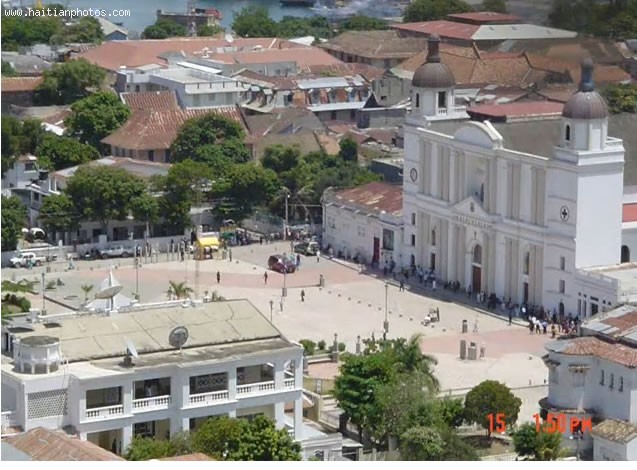
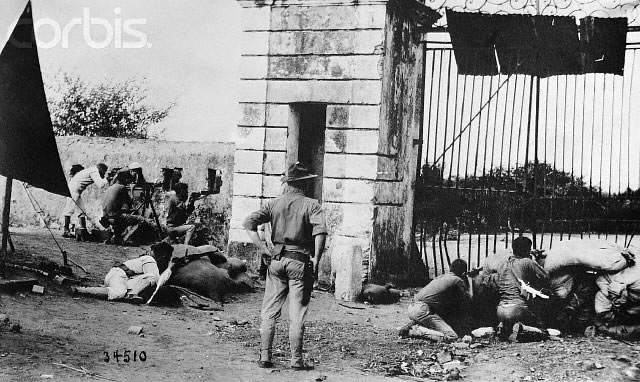
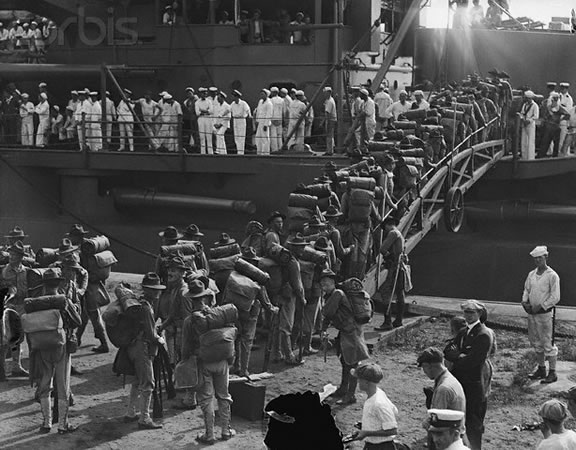
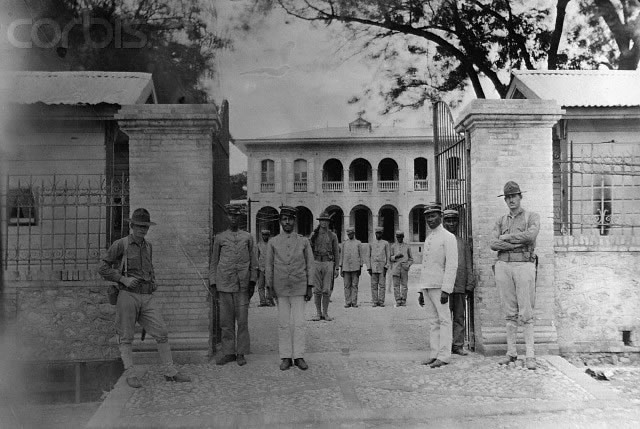
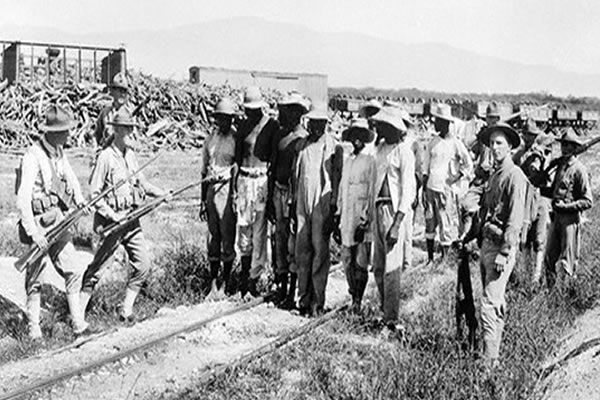
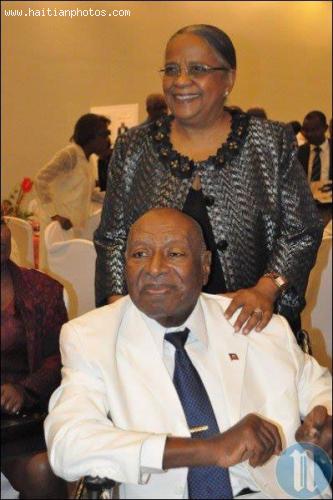
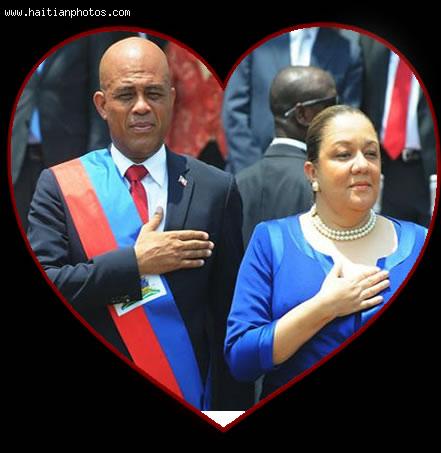
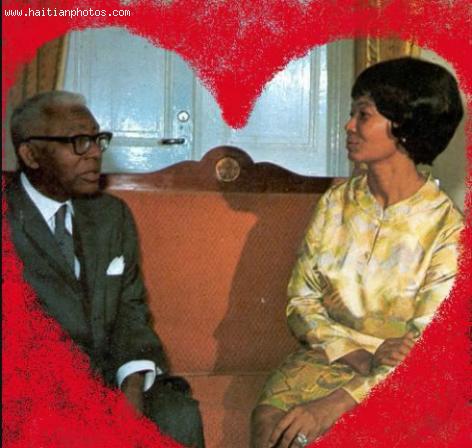
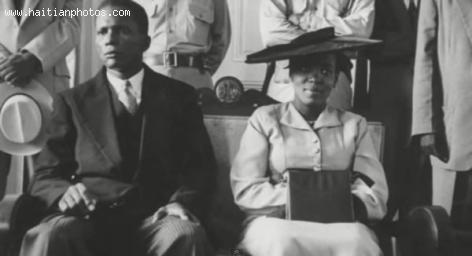
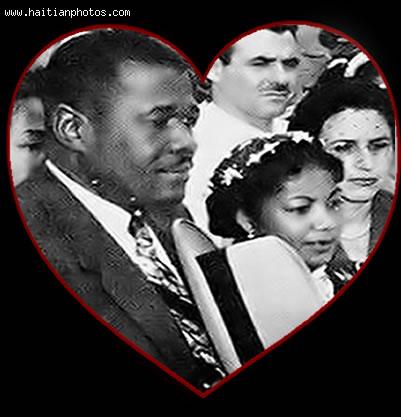
 Church Avenue Bakery Haitian Patties
Church Avenue Bakery Haitian Patties 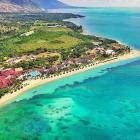 Royal Decameron Indigo and White sands
Royal Decameron Indigo and White sands  Who will be the next president of Haiti?
Who will be the next president of Haiti? 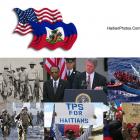 Haitians, the second largest black immigrant group in the US
Haitians, the second largest black immigrant group in the US  Dr. Michaëlle Amédée Gédéon is dead
Dr. Michaëlle Amédée Gédéon is dead  Jean Henry Céant deposited documents in Parliament for...
Jean Henry Céant deposited documents in Parliament for...  Meet Haitian-American professional baseball pitcher Touki...
Meet Haitian-American professional baseball pitcher Touki...  Haiti Street Food, manje kwit or Chin Janbe, for $1 or less
Haiti Street Food, manje kwit or Chin Janbe, for $1 or less 
